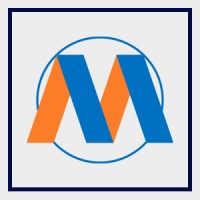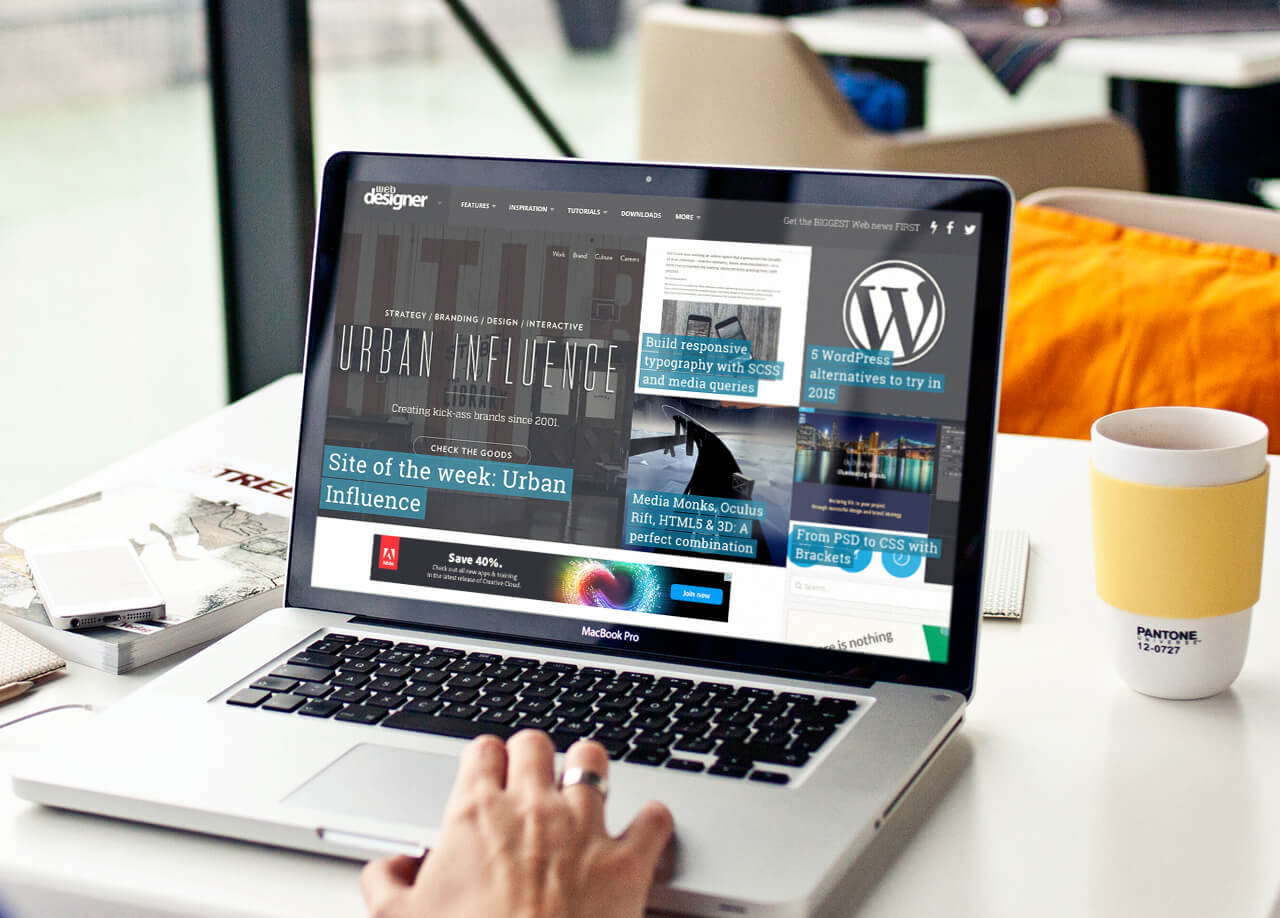Many businesses are turning to reverse auctions as a cost-effective way to procure goods and services. In this guide, we will explore the best practices for hosting a successful reverse auction, along with software tips to streamline the process. By following these recommendations, you can maximize your savings and ensure a smooth auction experience for both buyers and suppliers.
Understanding the Fundamentals of Reverse Auctions
What is a Reverse Auction?
While in a traditional auction the buyer bids up the price of an item, in a reverse auction, the roles are reversed. In a reverse auction, multiple suppliers compete to win the business of a buyer by offering lower prices. The buyer sets the parameters, and suppliers bid against each other until the lowest price is reached.
Benefits of Hosting a Reverse Auction
Auction: The benefits of hosting a reverse auction are significant. Buyers can secure the best price for goods or services, suppliers have the opportunity to win new business and expand their client base. Additionally, reverse auctions save time and promote transparency in the procurement process.
Understanding the dynamics and benefits of reverse auctions is necessary for successfully hosting one. With the right strategy and software tools, reverse auctions can be a powerful tool for achieving cost savings and finding the best suppliers for your business needs.
Pre-Auction Planning and Preparation
Identifying Key Factors for a Successful Reverse Auction
If you want to host a successful reverse auction, it is vital to first identify the key factors that will contribute to its success. These factors may include clear objectives, a competitive supplier pool, and a well-defined timeline.
- Clear objectives
- Competitive supplier pool
- Well-defined timeline
Perceiving these factors will help you set the foundation for a smooth and effective reverse auction process.
Setting Clear Goals and Objectives
To ensure a successful reverse auction, it is crucial to set clear goals and objectives from the outset. Define what you aim to achieve through the auction, whether it’s cost savings, supplier consolidation, or quality improvements.
Goals: Setting specific, measurable, achievable, relevant, and time-bound (SMART) goals will guide your decision-making throughout the auction and help keep all stakeholders aligned.
Choosing the Right Software and Tools
Some of the most important aspects of hosting a successful reverse auction are selecting the right software and tools to support the process. Look for software that is user-friendly, offers real-time bidding capabilities, and provides robust reporting and analytics features.
Understanding: Having the right software and tools in place can streamline the auction process, enhance transparency, and drive better outcomes for your organization and suppliers.
Executing a Successful Reverse Auction
How to Structure Your Auction Event
If you want to host a successful reverse auction, it’s crucial to structure the event properly. Define clear rules for participation, set a realistic timeline, and establish a transparent evaluation process to ensure fairness and competitiveness among suppliers.
Tips for Effective Communication with Suppliers
To maximize the success of your reverse auction, effective communication with suppliers is key. Keep all communication channels open, provide clear instructions and specifications, and be responsive to any inquiries or concerns raised by suppliers. This will help build trust and encourage more competitive bidding.
- Assume that prompt responses to supplier questions can lead to better engagement and improved pricing.
Managing the Auction Process from Start to Finish
Managing the auction process from start to finish requires careful planning and oversight. Assign dedicated staff to monitor the auction in real-time, address any technical issues promptly, and ensure that all participants adhere to the rules. This will help maintain the integrity of the auction and maximize cost savings.
- Assume that having a detailed timeline and milestones can help keep the auction on track and ensure a successful outcome.
Post-Auction Evaluation and Follow-Up
Analyzing Results and Identifying Areas for Improvement
There’s no better way to improve future reverse auctions than by analyzing the results of your current one. Look at factors like cost savings, supplier performance, and overall process efficiency. Identify any key areas for improvement to make your next auction even more successful.
Building Strong Relationships with Suppliers
Relationships play a crucial role in the success of your reverse auction strategy. After the auction, it’s important to follow up with suppliers, whether they won or not. Keep communication open, provide feedback, and express interest in future collaborations. This not only strengthens current relationships but also encourages suppliers to participate in your next auctions.
Results from post-auction evaluations and follow-up with suppliers can provide valuable insights for optimizing your reverse auction process. By analyzing data and building strong relationships, you can ensure that future auctions are even more successful and beneficial for both your organization and suppliers.
Summing up
Following this guide on how to host a successful reverse auction, from understanding the process and setting clear objectives to utilizing the right software tools, will help businesses streamline procurement and secure competitive bids. Incorporating best practices and software tips can lead to cost savings, process efficiency, and better supplier relationships.





